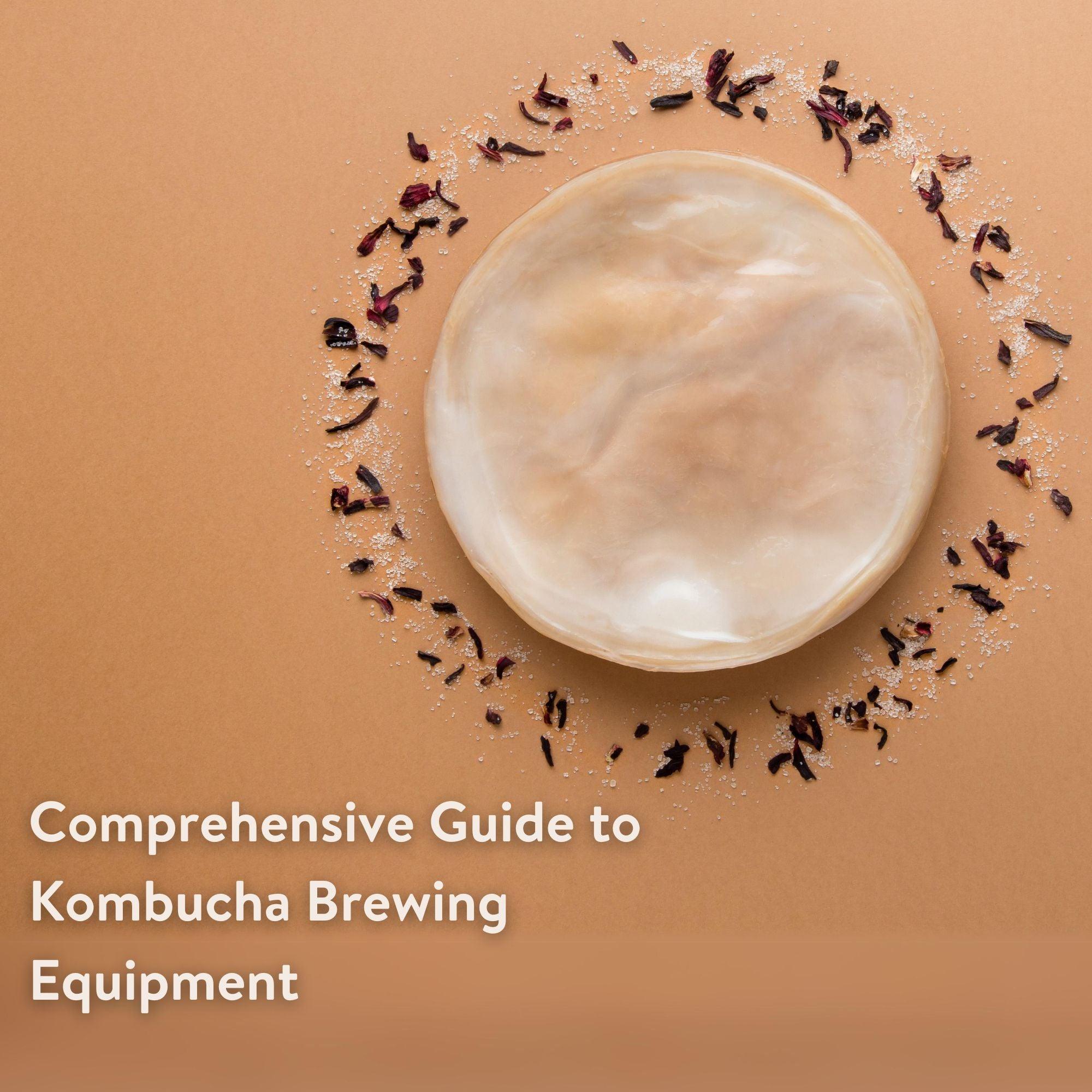Welcome back to our deep dive into the wide-ranging microbiota of milk kefir. In this chapter of our series, we cast a spotlight on the Leuconostoc species. These hard-working bacteria not only play pivotal roles in the fermentation process of milk kefir but also contribute significantly to its unique flavor and overall health-promoting properties. Join us as we unravel the distinctive attributes and contributions of Leuconostoc species within the enriching world of milk kefir.
Table Summary
| Microorganism | Key Health Benefits |
|---|---|
| Leuconostoc mesenteroides subsp. cremoris | Enhances taste and texture, Boosts immunity, Promotes gut health |
| Leuconostoc mesenteroides subsp. mesenteroides | Enhances taste and texture, Boosts immunity, Promotes gut health |
| Leuconostoc dextranicum | Enhances taste and texture, Boosts immunity, Promotes gut health |
The Beneficial Impact of Leuconostoc Species on Health
Leuconostoc mesenteroides subsp. cremoris, Leuconostoc mesenteroides subsp. mesenteroides, and Leuconostoc dextranicum
These species are widely known for their role in the dairy industry, particularly in the production of fermented dairy products like milk kefir. These organisms contribute both to the product's microbial makeup and its overall sensory properties.
-
Enhances Taste and Texture: Leuconostoc species contribute significantly to the taste and texture of fermented dairy products, including milk kefir. They produce lactic acid, ethanol, and other substances that contribute to the final product's characteristic taste and texture5.(1).
-
Boosts Immunity: Similar to other lactic acid bacteria, Leuconostoc species are thought to contribute to immune system function. Although more research is needed, they could potentially help stimulate the body's natural defenses against disease5.(2).
-
Promotes Gut Health: Leuconostoc species are known for their beneficial effects on the gut. They help maintain a balanced intestinal microbiota, which could potentially improve overall gut health and digestion5.(3).
While Leuconostoc species are beneficial, they're also less researched compared to other lactic acid bacteria in milk kefir grains. More studies are needed to fully understand their benefits.
As we bring our exploration of Leuconostoc species to a close, we hope you've garnered a deeper appreciation of their integral role and vital contributions to milk kefir's health benefits and distinct flavor profile. However, our exploratory journey through milk kefir's microbiota is far from over. In the upcoming article in our series, we'll be taking a close look at the Dekkera and Kluyveromyces yeasts, another intriguing component of this fermented wonder-beverage. Stay tuned!
References
5.(1) Vinderola, G., Ouwehand, A., Salminen, S., & von Wright, A. (2019). Lactic Acid Bacteria: Microbiological and Functional Aspects. CRC Press.
5.(2) Parvez, S., Malik, K. A., Ah Kang, S., & Kim, H. Y. (2006). Probiotics and their fermented food products are beneficial for health. Journal of applied microbiology, 100(6), 1171-1185.
5.(3) Bernardo, D., Sánchez, B., Al-Hassi, H. O., Mann, E. R., Urdaci, M. C., Knight, S. C., & Margolles, A. (2012). Microbiota/host crosstalk biomarkers: regulatory response of human intestinal dendritic cells exposed to Lactobacillus extracellular encrypted peptide. PloS one, 7(5), e36262.



